CCTV News: Spring is gradually returning, and all things are born. In the Siberian Tiger and Leopard National Park, the tiger and leopard mother who had long felt the breath of spring began to frequently take her cubs out of the dense forest and bathe in the spring. Among them, there is a female Siberian tiger numbered 136, which is the youngest tiger mother found in Siberian tiger and leopard National Park so far.
In the picture, this wild Siberian tiger mother with number 136 is showing up on the monitoring screen of Siberian tiger and leopard National Park with her three strong and lively tiger babies. This is also the first time that this newborn tiger cub was recorded by the monitoring system. When researchers from the Siberian tiger and leopard monitoring and research center of the National Forestry and Grassland Administration established household registration files for this newly breeding family, they were surprised to find that the mother of Tiger No. 136 was just two years old at this time.
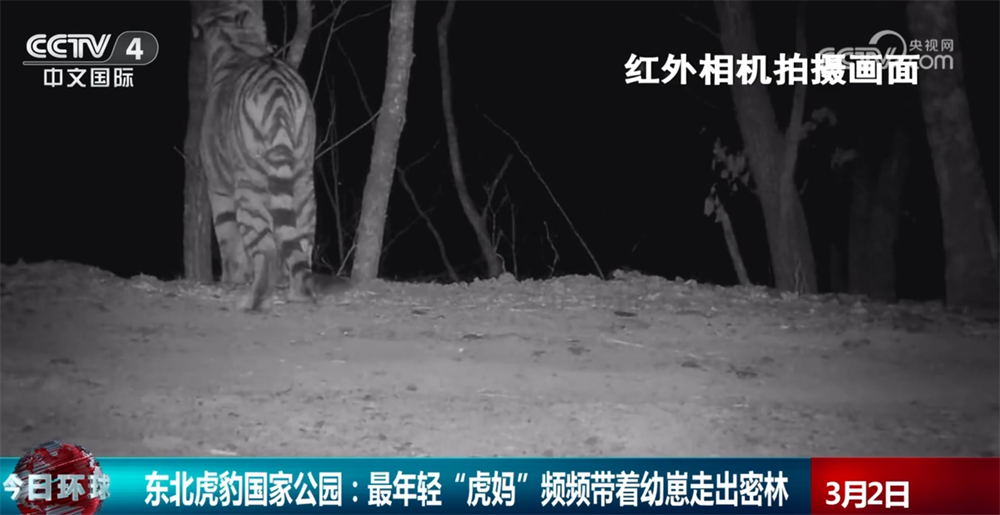
Experts explained that according to wild tiger breeding research at home and abroad, most wild tigers only start to enter the first breeding period if they are at least 3 years old.
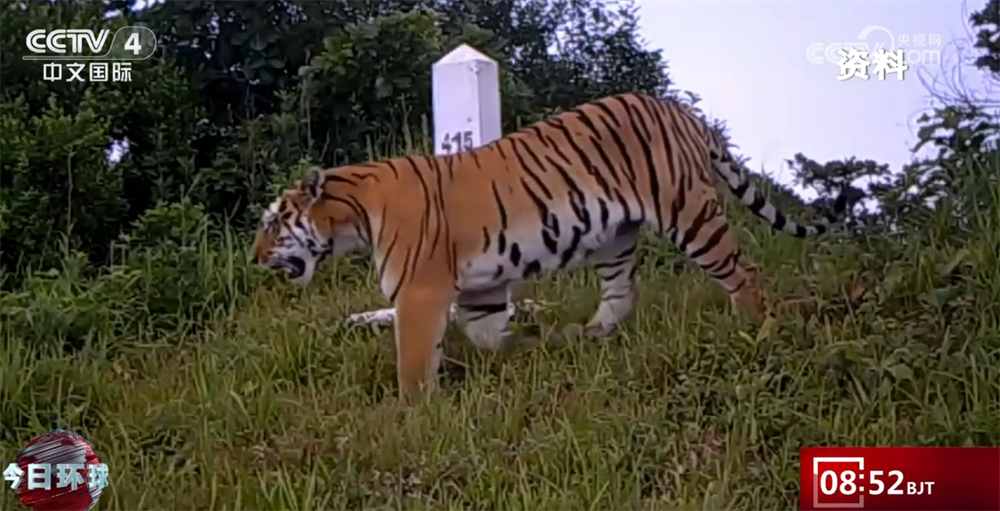
The experts further explained that the 2-year-old of the Siberian tiger is about 15-16 years old for humans, which is equivalent to a teenager who is still in adolescence. In order to further verify the situation, the researchers retrieved Tiger No. 136's video archives and repeatedly compared and verified by reversed the timeline.
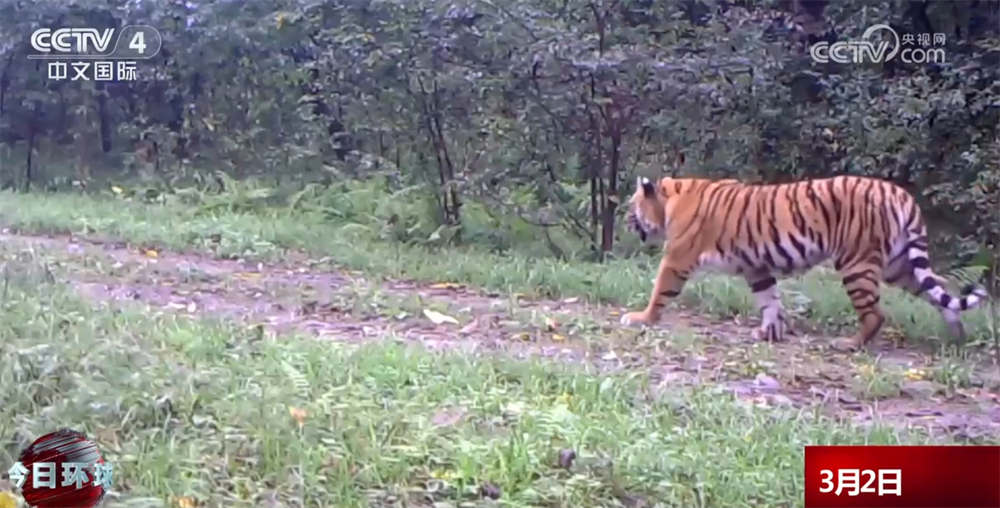
After viewing and sorting out the historical monitoring video of Siberian tiger No. 136, Professor Feng Liming confirmed that the tiger gave birth to its first cub when he was about 1 year and 10 months old. It is a veritable young tiger mom and the youngest tiger mom in Siberian tiger and Leopard National Park to date.
This also means that the Siberian tiger No. 136 took only a very short time during each growth turning point, and efficiently completed the entire process from independent survival to establishment of territory, successful matching, and reproduction and parenting.
Qinghai Guide: White swans dance in spring, ready to move north
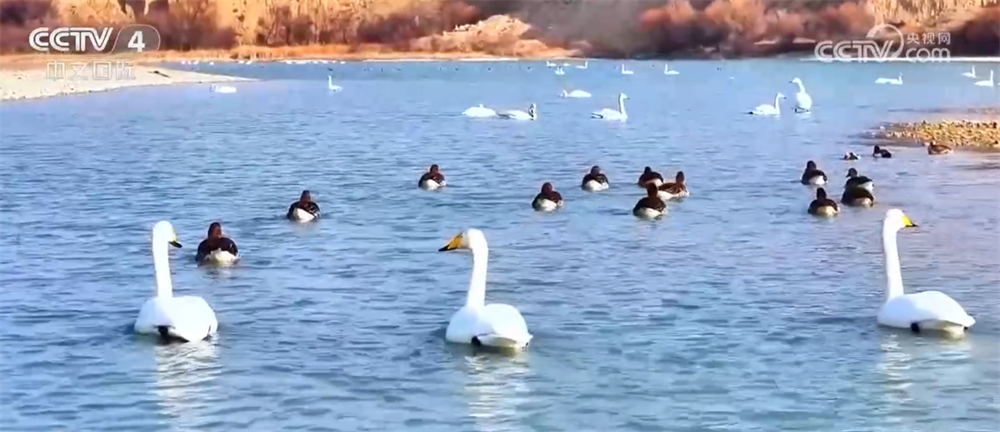
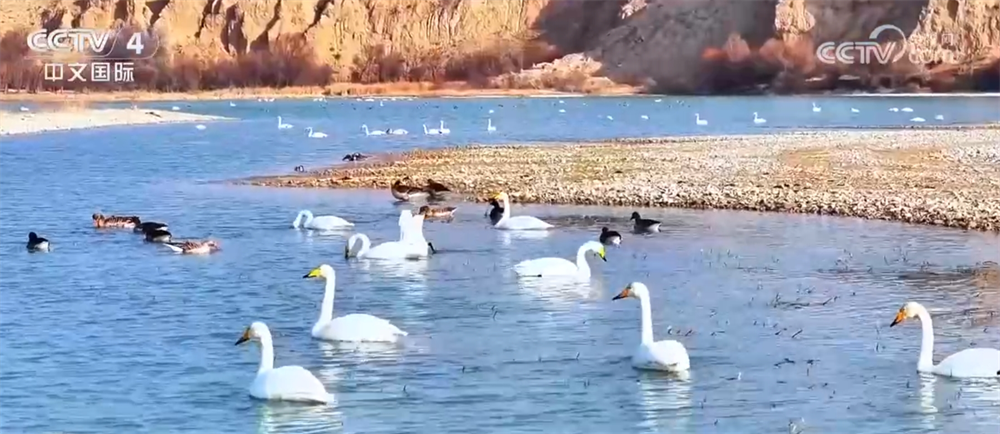

Recently, the ice and snow on the banks of Hutouya River in Guide County, Qinghai Province have melted, and groups of white swans are dancing gracefully in the clear river water or looking for food leisurely. It is understood that in early November every year, some white swans from Siberia will fly to Guide County to spend the winter and live. When the weather warms up in mid-March next year, they will start their journey to migrate north.
Ningxia: 6 Pip’s wild horses were successfully released to Helan Mountain
Pip’s wild horses, also known as Asian wild horses, are national first-class key protected wild animals. Influenced by hunting and environmental influences, the Przes wild horses became extinct in the wild in the mid-20th century. In 1985, my country launched the "Wild Horse Return Plan", introduced Platz wild horses from abroad, established breeding bases in Xinjiang, Gansu and other places, and gradually restored and rebuilt Platz wild horse populations. On February 28, six Pu'er wild horses from Xinjiang were successfully released to the Helan Mountain National Nature Reserve in Ningxia.
As the last Push wild horse rushed out of the fence, the 6 prawn wild horses, which had been trained in the field for nearly 3 months, were released to Helan Mountain in Ningxia, which means that the population of Push wild horses has further expanded in the release area of my country.
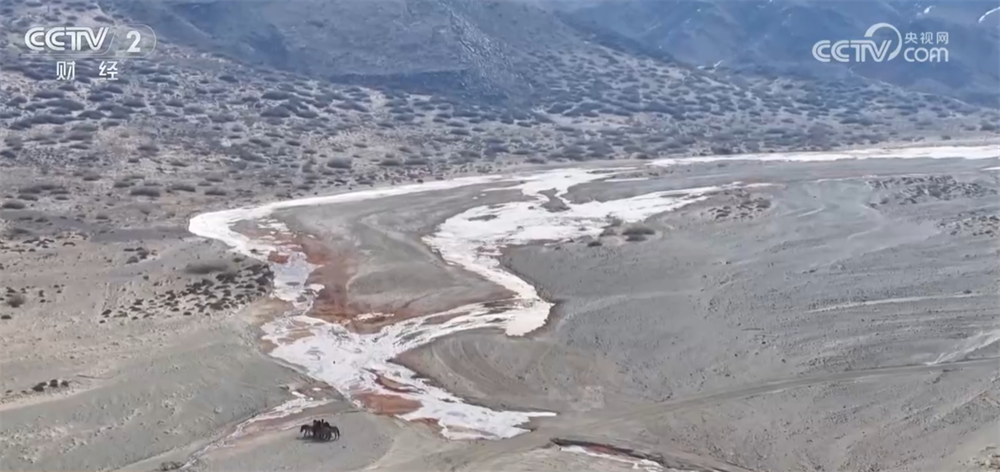
Przen wild horses are currently the only surviving wild horse breed in the world. Historically, Helan Mountain was once the habitat of wild horses. In September last year, the Ningxia Forestry and Grassland Bureau organized a demonstration of the wild releasing work plan for the Helanshan Pu's wild horse, and many experts conducted field inspections.
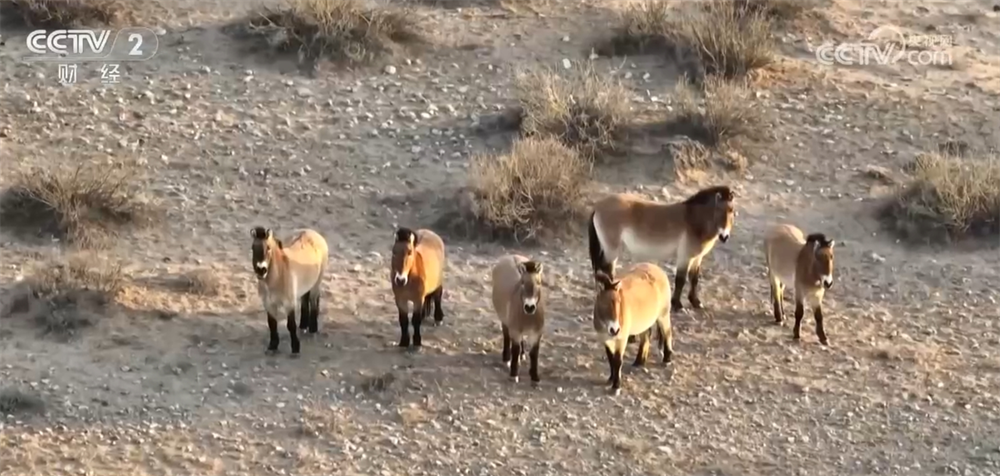
After field investigation, experts believe that the northern area of Helan Mountain is suitable for the survival of Platz wild horses. In December of the same year, six healthy and adaptable Push Mustangs were transported from Xinjiang to the Push Mustang training ground in the northern Helan Mountains in Ningxia and began adaptive training.
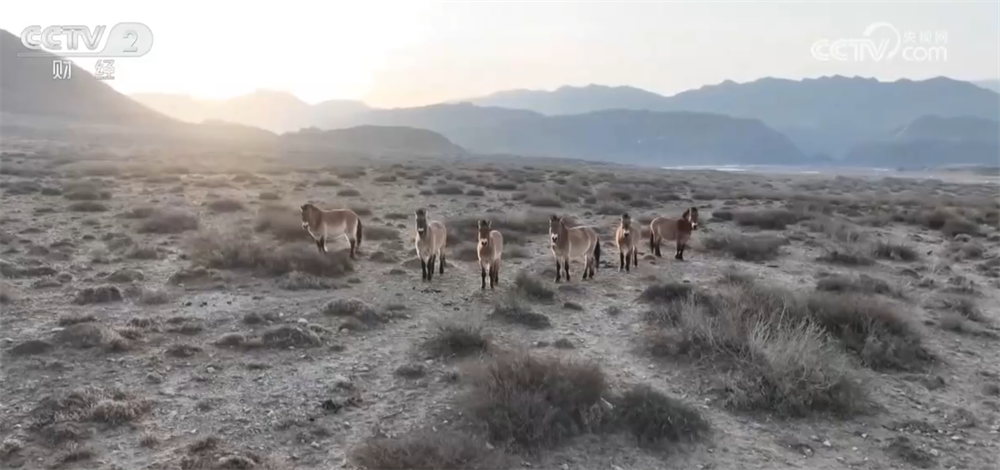
In recent years, Ningxia has implemented a series of ecological restoration and protection projects in Helan Mountain, and the vast grasslands in the northern Helan Mountains, without human activities, have become the best habitat for wild horses to release. The rich food resources and diverse terrain here also provide them with a good place to hide from natural enemies and reproduce.